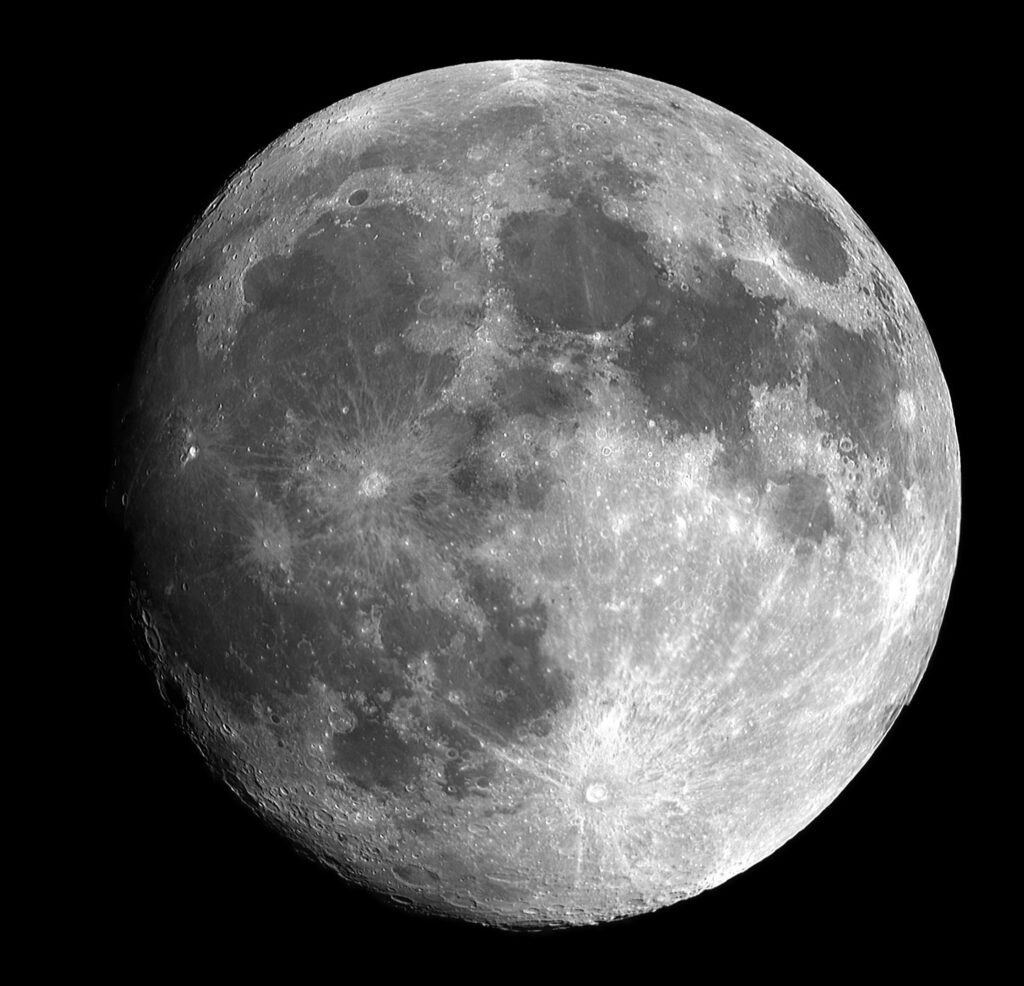Discover the latest findings in lunar exploration with the groundbreaking discovery of a massive structure beneath the Moon’s South Pole-Aitken basin. Learn about its implications for understanding the Moon’s composition and history.

© Provided by Indy 100
Lunar Structure Discovery: Unveiling the Secrets of the Moon
For centuries, the Moon has captivated humanity with its mysterious allure. From ancient myths to modern scientific exploration, our closest celestial neighbor continues to reveal surprises. Recently, scientists have made a remarkable discovery beneath the Moon’s surface, shedding new light on its composition and history.
Unearthing a Colossal Mystery
Hidden beneath the vast South Pole-Aitken basin—a colossal impact crater on the Moon—lies a structure of immense proportions. Stretching over 2,000 kilometers in length and plunging an astonishing 300 kilometers deep into the lunar crust, this discovery weighs an astounding 2.18 billion kilograms. It was unearthed through data gathered by NASA’s Gravity Recovery and Interior Laboratory (GRAIL) mission, which monitors gravitational fluctuations on the Moon.
The Scientific Puzzle Unraveled
Lead researcher Peter B. James, based at Baylor University, and his team propose several hypotheses to explain this enigmatic find. One theory suggests that the structure may be composed of remnants from the core of an asteroid that collided with the Moon long ago. Another posits that it could be oxides formed during the cooling of a primordial lunar magma ocean. These dense materials alter the gravitational field in the area, allowing scientists to pinpoint their location beneath the lunar surface.
Putting Size into Perspective
To grasp the sheer scale of this discovery, consider envisioning a metallic mass five times larger than Hawaii’s Big Island buried underground. Such is the magnitude of the unexpected mass detected beneath the Moon’s surface. This finding not only expands our understanding of lunar geology but also raises intriguing questions about the Moon’s formation and evolution over billions of years.
Insights from GRAIL Mission
The GRAIL mission, launched by NASA, has been instrumental in uncovering this hidden structure. By meticulously mapping variations in the Moon’s gravitational pull, GRAIL enables scientists to peer beneath the lunar surface with unprecedented detail. This data not only confirms the existence of the structure but also provides clues about its composition and origin.
The Significance of the South Pole-Aitken Basin
The South Pole-Aitken basin itself is a celestial marvel. As one of the largest and oldest impact craters in the Solar System, it has long fascinated astronomers and planetary scientists. Situated on the far side of the Moon, this basin offers a unique window into the Moon’s interior. The discovery of such a massive structure within its depths adds another layer of complexity to our understanding of lunar geology and cosmic history.
Implications for Lunar Exploration
Beyond scientific curiosity, discoveries like this pave the way for future lunar exploration. Understanding the Moon’s internal structure and composition is crucial for planning manned missions and establishing lunar bases. The presence of such dense materials hints at potential resources that could be utilized in future lunar endeavors, such as mining or construction.
Unraveling Lunar Mysteries
The revelation of this massive structure beneath the Moon’s surface underscores the importance of continued exploration and research. Each discovery brings us closer to unraveling the mysteries of our celestial companion. What other secrets does the Moon hold within its ancient craters and rugged landscapes? Scientists are eager to delve deeper into its history and evolution, using tools like GRAIL to probe further into its depths.
Conclusion
In conclusion, the discovery of a colossal structure beneath the Moon’s South Pole-Aitken basin represents a significant milestone in lunar exploration. This finding not only highlights the Moon’s complex geological history but also points towards future possibilities for human exploration and scientific discovery.
ALSO READ:
“Mangalyaan-2 Mars Mission: 5 Incredible Breakthroughs You Won’t Believe!”




